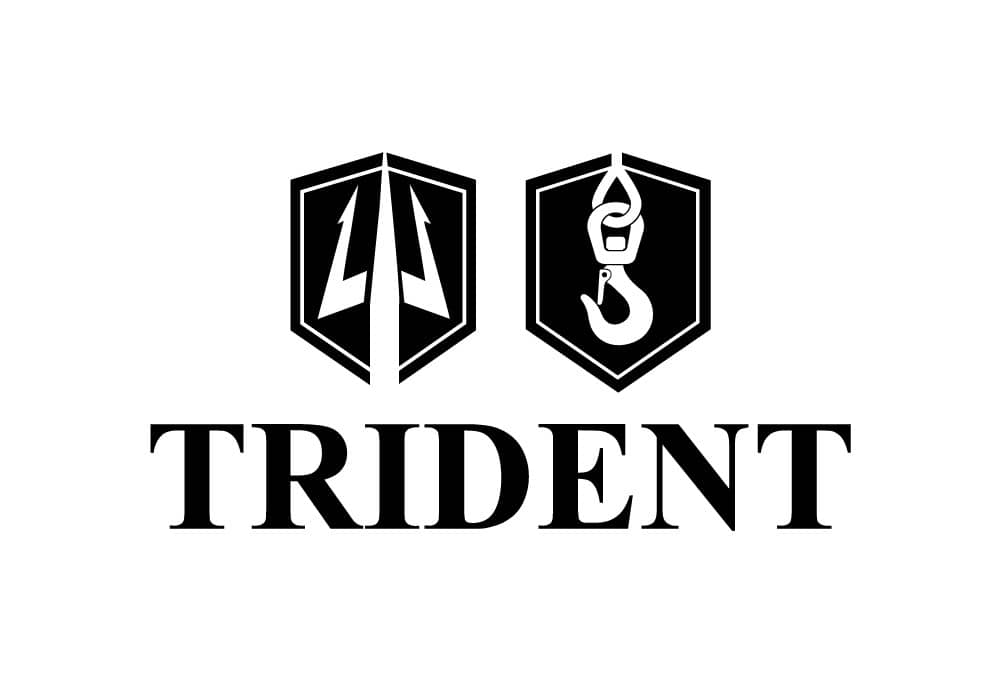At Trident Safes, we understand that it can be confusing when it comes to choosing the correct safe for your home or business. This safe guide is designed to make buying a safe very easy for you. There are just 4 main points to consider.
1. What are you protecting – Valuables or documents?
In the UK we have a list compiled by experts within the industry. This list is called the AIS (Association of Insurance Surveyors) and it determines the level of protection a safe can offer. It is used by UK insurers as a reference guide for giving varying amounts of insurance cover. Safes sold in the UK are given what we call a “Eurograde” or “cash rating”. This is the recommended amount of cash that will be covered by your insurers should the safe ever be compromised and the contents stolen.
Generally the cash rating can be multiplied by 10 for valuable items that are not cash. For example, a £10,000 cash rated safe could hold up to £100,000 worth of valuables – never both! A mixture of the two is allowed, for example the £10,000 cash rated safe could hold £5,000 cash and £50,000 worth of valuable items.
It is worth noting that storing cash or valuables in a safe that does not have the correct level of cover can result in your contents not being insured. It is best to choose one that meets your requirements. For example, it is not advisable to store jewellery worth £60,000 in a safe that the insurers recognise as suitable to provide cover for up to £40,000.
See a list below of the safe grades and recommended cash and valuables’ ratings:
Eurograde |
Cash Rating |
Valuables Rating |
|
S1 |
£2,000 |
£20,000 |
|
S2 |
£4,000 |
£40,000 |
|
0 |
£6,000 |
£60,000 |
|
1 |
£10,000 |
£100,000 |
|
2 |
£17,500 |
£175,000 |
|
3 |
£35,000 |
£350,000 |
|
4 |
£60,000 |
£600,000 |
|
5 |
£100,000 |
£1,000,000 |
|
6 |
£150,000 |
£1,500,000 |
Alternatively, you could need to protect important documents such as passports and birth certificates, or even large quantities of documents and business data at home or at work. For this reason we also stock a large number of fire protection safes. Units specifically designed for fire protection are listed on the “fireproof safes” tab. Certification is given as the time frame that the safe can withstand a fire and how long documents will be safe inside; protection times range from 30mins up to 120mins.
Most fire protection safes also offer a minimal level of cover for cash and/or valuables, and some cash and valuables safes do include an element of fire protection, so look out for that in the product description on our site.
2. Internal storage space – Are you storing large or small items?
At Trident we stock a number of different safe brands with no preference to which ones we sell, it really is down to whichever brand best suits the customer! Individual brands offer varying models and sizes within their range, and each brand will vary slightly with regards to the shape and size. Some brands will generally be taller and thinner than others, and some will be shorter and wider or deeper. Both external and internal dimensions are displayed on the product description. If you have a specific item to fit into your safe, for example a watch box or till drawers, it’s good to look at all brands and see which brand suits your requirements. Also if you have a specific space you would like the safe to fit within your property, it’s a good idea to check which brand offers the best option.
In our opinion there is no need to worry about which safe brand is the best quality. We have full confidence in each brand that we stock, and quality can be assured or we simply wouldn’t stock the brand. All brands we sell are recognised by the AIS (as mentioned above).
3. Delivery to your premises – At Trident our crews are experts in delivery and installation.
There are very few installations that we are not able to achieve. We can advise and assist you over the phone, by assessing pictures you send to us following an enquiry, or by providing a free site survey if the delivery is complicated. However, you do need to think about your desired location of the safe along with its size and weight. Does the safe physically fit along the route to the desired position? Is the safe too heavy for the location, or too heavy to go up or down the stairs?
If you are unsure of any of these details, we have a wealth of experience and equipment that enables us to install safes to almost anywhere. That’s why it is always a good idea to speak to one of our experts before making a final decision with your safe purchase. This could help avoid unnecessary higher installation costs should the delivery and installation be a particularly difficult one.
4. Locking options – There are 3 different options when it comes to locking your safe.
All safes come with a key lock fitted as standard. Nowadays many customers choose to have a digital lock fitted in place of the key lock as it removes the need to store and potentially lose the key. Digital locks are also very easy to use and can come with a range of settings to suit the customer. For example, they can have time locks and time delay functions and be audited to see which user has had access at what time. The third option is a manual combination lock and is in our opinion better suited to the more experienced safe user.
The manual combination lock involves twisting the combination dial from left to right. It can be hard to get used to at first for inexperienced users. The digital lock and manual combination lock options remove the need to store a key. The choice of locking options is purely down to user preference – none are any better than the other. Please bear in mind there will be an additional cost if digital or combination locks are chosen. Generally all safes can be fitted with your choice of locking, and some brands and models on our website are shown with digital (electronic) lock prices as well as the standard key lock option.




